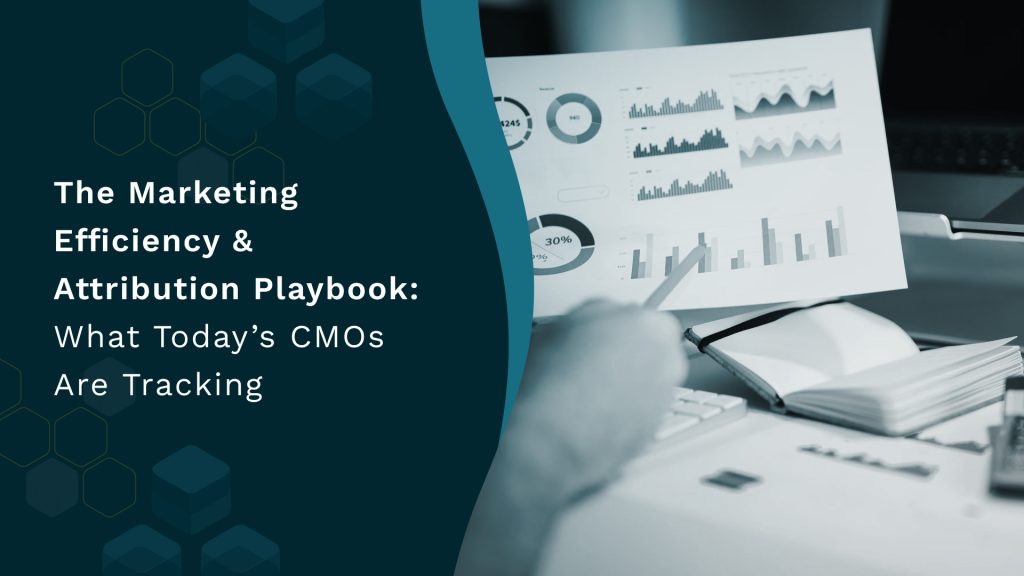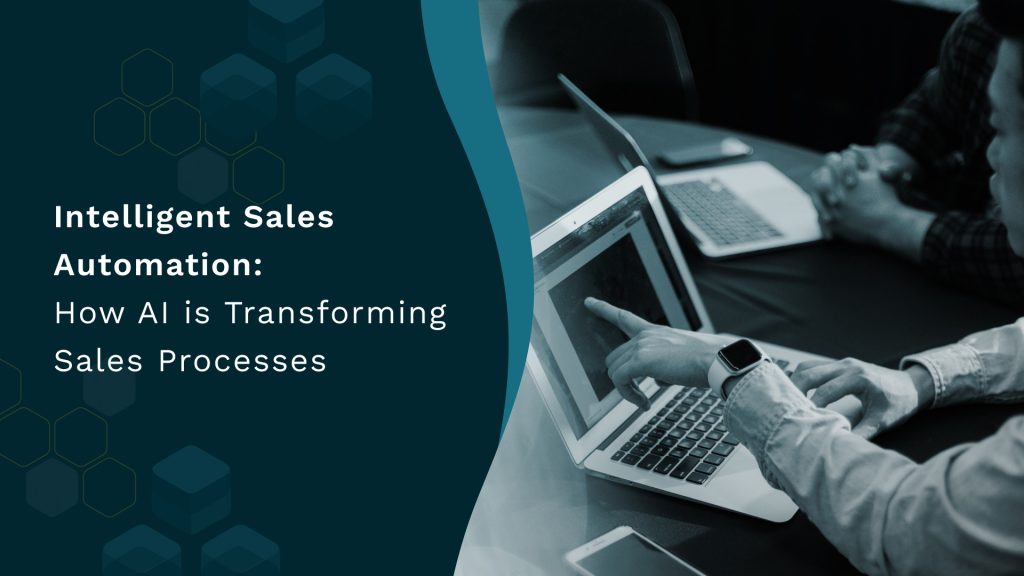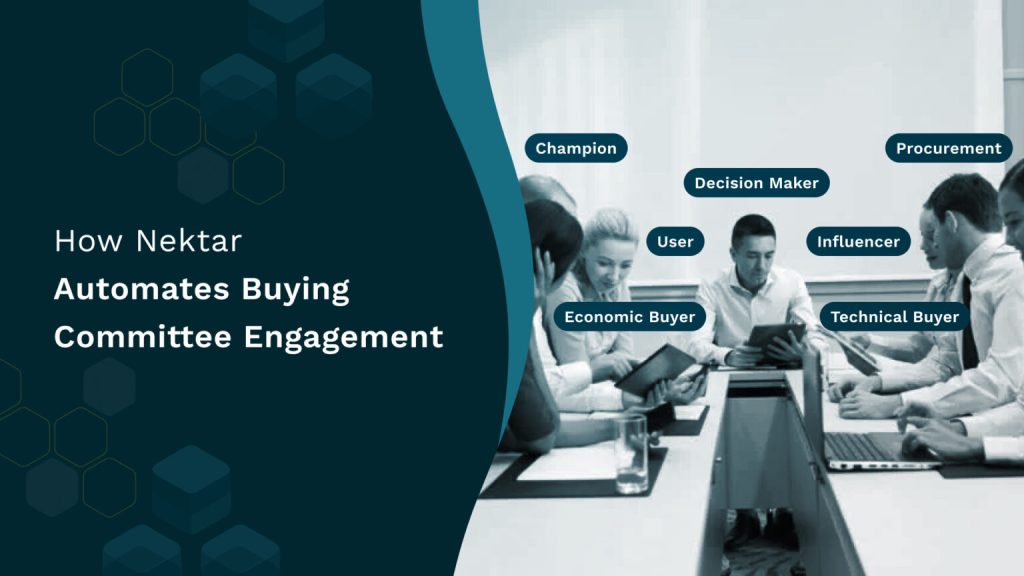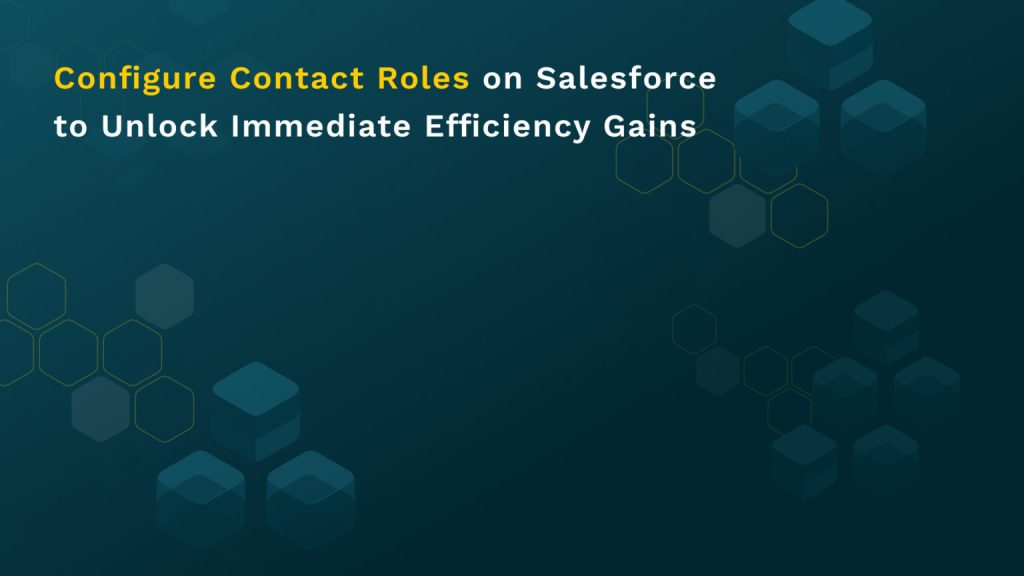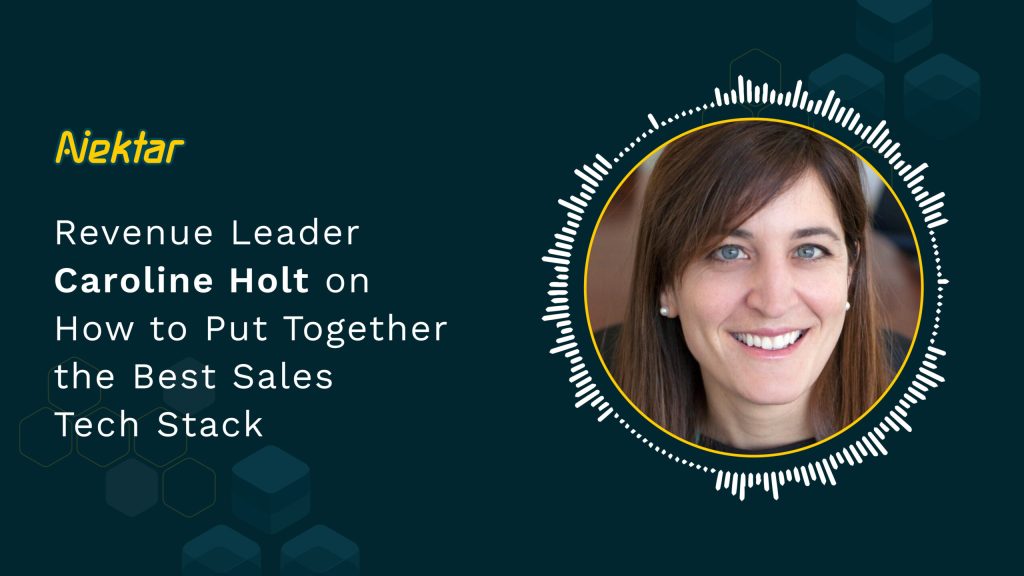The Marketing Efficiency & Attribution Playbook: What Today’s CMOs Are Tracking
The Marketing Efficiency & Attribution Playbook: What Today’s CMOs Are Tracking RevOps 10 min Marketing attribution and efficiency metrics are becoming more critical than ever. CEOs want to know how to allocate budgets effectively across marketing, sales, and product. Investors seek clear insights into ROI. And marketers themselves need to track performance by channel and initiative to optimize their efforts. Yet, in B2B marketing, where deal cycles are long and touchpoints span multiple teams, tracking and proving marketing’s true impact is easier said than done. A recent Marketing Budget Benchmark Study by Ray Rike, Jon Miller, and Bill Macitis reveals key insights. sheds light on how top B2B marketers are approaching efficiency and attribution. Let’s explore key takeaways and how you can apply them to your own marketing strategy. What are CMOs Tracking? The Top 3 Metrics When asked about their top three performance metrics, CMOs consistently focused on: Pipeline Generation – Ensuring a steady flow of qualified leads for sales teams. Annual Recurring Revenue (ARR) – Measuring the long-term revenue impact of marketing efforts. Marketing Qualified Leads (MQLs) – Tracking lead volume and initial qualification. Notably absent from the top three were cost-related efficiency metrics, such as cost per opportunity or customer acquisition cost (CAC). This suggests that many marketing leaders are still primarily focused on volume rather than efficiency—raising the question of whether marketing investment is being optimized for maximum impact. Why Efficiency Metrics Matter While pipeline and ARR are crucial, failing to measure marketing’s efficiency can lead to wasteful spending and missed opportunities. The study revealed that larger companies tend to measure: Cost per Dollar of Pipeline – Connecting marketing spend to potential revenue. Marketing Cost per New Customer (New Logo Revenue) – Assessing acquisition efficiency. Cost of Expansion Revenue – Tracking marketing’s role in upsells and renewals. Interestingly, cost per expansion revenue remains under-tracked in many organizations, despite its importance in retention and growth strategies. In many cases, marketing’s contribution to expansion revenue is undervalued compared to account management teams. Attribution Models: What’s Working and What’s Not Accurately attributing revenue to marketing efforts remains one of the biggest challenges in B2B. The benchmarking data highlighted five primary attribution models: First-Touch Attribution – Identifies the first interaction a prospect had with the brand. While useful for understanding top-of-funnel performance, it overlooks the full buyer journey. Last-Touch Attribution – Credits the final touchpoint before conversion. This model can be misleading, often over-attributing conversions to channels like paid search or SDR outreach. Multi-Touch Attribution – Allocates credit across all touchpoints in the buyer journey. While comprehensive, it often struggles to account for offline influences and brand awareness efforts. Marketing Mix Modeling (MMM) – Uses statistical analysis to measure the impact of different marketing activities. This approach requires significant data and investment, making it more common among large enterprises. A/B Testing – While not a full attribution model, controlled experiments can help validate the impact of specific marketing strategies. How Attribution Matures with Company Growth As companies scale, their approach to attribution evolves: Early-Stage Startups (<$5M revenue) – Often track deals manually, analyzing each conversion on a case-by-case basis. Pre-Scale Companies – Rely heavily on inbound metrics, focusing on organic sources like referrals and word-of-mouth. Scaling Companies – Experiment with first- and last-touch models but face growing pains in attribution accuracy. Mature Companies – Use multi-touch attribution combined with first- and last-touch insights to inform strategy and budgeting. Despite its potential, Marketing Mix Modeling remains underutilized in B2B tech, with adoption still below 10%. However, as organizations gather more data and refine their analytics capabilities, this approach may gain traction. The Future of Marketing Measurement To build a more efficient marketing function, leaders should move beyond simple volume metrics and embrace a more holistic approach: Adopt Blended Cost and Revenue Metrics – Instead of just tracking cost per pipeline, measure cost per revenue to better justify budget allocation. Use Multiple Attribution Models – No single model provides the full picture. A combination of first-touch, last-touch, and multi-touch insights offers better visibility. Prioritize Expansion Revenue Tracking – Marketing plays a key role in customer retention and upselling. Failing to measure its impact means missing a major component of revenue growth. By focusing on both pipeline growth and efficiency, marketing teams can drive stronger results and make a more compelling case for continued investment. Bhaswati Director of Content Marketing at Nektar.ai, an AI-led contact and activity capture solution for revenue teams. With 11+ years of experience, I specialize in crafting engaging content across blogs, podcasts, social media, and premium resources. I also host The Revenue Lounge podcast, sharing insights from revenue leaders. In this blog
